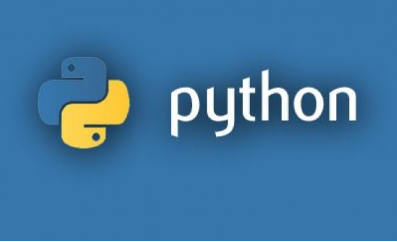概 述
Python 列表推导式(list comprehension)利用其他列表创建新的列表,工作方式类似于for循环,使用列表推导式可以快速生成一个列表,或者根据某个列表生成满足指定需求的列表。
单循环
- [i for i in range(10)]
- [0, 1, 2, 3, 4, 5, 6, 7, 8, 9]
单循环+条件
0-20中所有能被3整除的数是多少
- [i for i in range(20) if i%3==0]
- [0, 3, 6, 9, 12, 15, 18]
多循环-2次
'ABC'和'EGF'所有可能的两两组合
- [i+j for i in 'ABC' for j in 'EFG']
- ['AE', 'AF', 'AG', 'BE', 'BF', 'BG', 'CE', 'CF', 'CG']
多循环-3次
'ABC'、'EFG'、‘HIJ’所有可能的三三组合
- [i+j+u for i in 'ABC' for j in 'EFG' for u in 'HIJ']
- ['AEH', 'AEI', 'AEJ', 'AFH', 'AFI', 'AFJ', 'AGH', 'AGI', 'AGJ',
- 'BEH', 'BEI', 'BEJ', 'BFH', 'BFI', 'BFJ', 'BGH', 'BGI', 'BGJ',
- 'CEH', 'CEI', 'CEJ', 'CFH', 'CFI', 'CFJ', 'CGH', 'CGI', 'CGJ']
多循环+单条件
首字母相同的男孩 女孩组合:
- girls = ['alice','bernice','clarice']
- boys = ['chris','arnold','bob','bernod']
- [i+'<->'+j for i in girls for j in boys if i[0]==j[0]]
- ['alice<->arnold', 'bernice<->bob', 'bernice<->bernod',
- 'clarice<->chris']
多循环+多条件
第一个字母+第二个字母均相同
- [i+'<->'+j for i in girls for j in boys if (i[0]==j[0] and i[1]==j[1])]
- ['bernice<->bernod']
元组循环
列表可以直接循环,改成元组也是可以的,但是直接生产了迭代器:
- (i+'<->'+j for i in girls for j in boys if i[0]==j[0])
- <generator object <genexpr> at 0x0000015413B781C8>
- tuples = (i+'<->'+j for i in girls for j in boys if i[0]==j[0])
- for t in tuples:
- print(t)
- alice<->arnold
- bernice<->bob
- bernice<->bernod
- clarice<->chris
效率问题
男孩-女孩名字对的例子中,其实效率不是很高,因为程序会检测每个可能的配对。Python中有很多解决这个问题的方法,下面是其中一种比较高效的方法。
- letterGirls = {}
- for girl in girls:
- letterGirls.setdefault(girl[0],[]).append(girl)
- print([i+'<->'+j for j in boys for i in letterGirls[j[0]]])
- ['clarice<->chris', 'alice<->arnold', 'bernice<->bob',
- 'bernice<->bernod']
看看我们构建的字典长啥样
- letterGirls
- {'a': ['alice'], 'b': ['bernice'], 'c': ['clarice']}
注意:setdefault()方法,是字典的一个方法,类似于get()方法,如果键不存在于字典中,将会添加键并将值设为默认值。如果存在,则返回该字段的值。
语法:
- dict.setdefault(key, default=None)









































